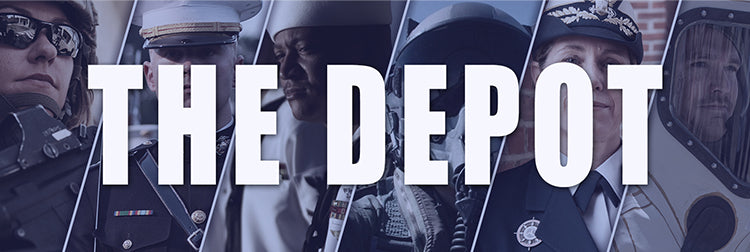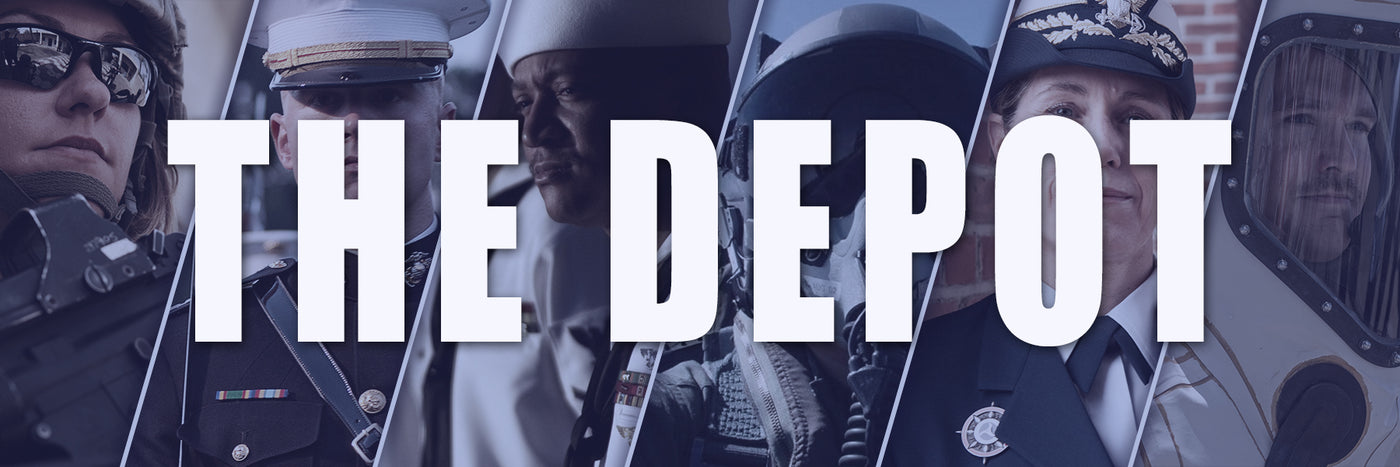
U.S. Naval Submarine Force: An Overview
Today, the U.S. naval submarine force, known as the “Silent Service” consists of three types of submarines: fast attack, ballistic missile and guided missile submarines. The naval submarine force, as...
Blog Staff |


